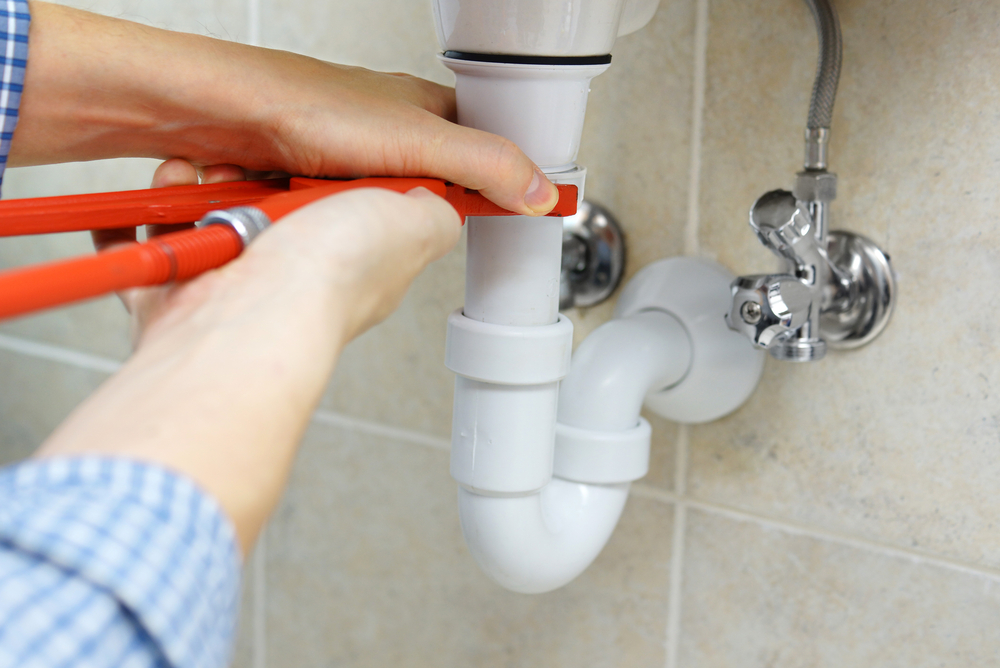
Are you trying to figure out how to prevent flooding at home? Unfortunately, a homeowner can’t prevent the events that cause flooding any more than a farmer can control a growing season. However, there are ways to minimize the damage to your home.
Step 1: Understand the Risk
Knowing how to prevent flooding at home means knowing your home’s flood level, or the level that water is expected to rise to in the event of a flood. You can consult local flood risk maps for communities like Ottawa, Kemptville, and Smiths Falls that lie on the Ottawa River, Cardinal Creek, Kemptville Creek, Jock River, or Rideau River.
Pay attention during normal rainstorms to see how water accumulates around your home. Does it flow toward your home, or away from it? Are there areas around your house that water pools in? This kind of property information is very valuable when planning how to prevent flooding at home, and can help you be prepared in the event of dangerous storms that cause flooding.
If you notice a large amount of standing water after a normal rainstorm in your street, contact the City of Ottawa or the Rideau Valley Conservation Authority (RVCA).
Remember, home flooding is not just caused by environmental flooding. It can also be caused by emergencies in the home, such as a burst pipe, broken washing machine, overflowing toilet, clogged drain, etc. Beware of the risks and what steps you can take to avoid these accidental flooding situations.
Step 2: Be Prepared
lf you’re concerned with how to prevent flooding at home because you live in an area where flooding is common, certain renovations can minimize the damage to your home. Once you learn your home’s flood level, protect electrical systems by moving electrical switches, breakers, wiring, and outlets to at least a foot above this mark. Furnaces, water heaters, and any other expensive indoor equipment that can be damaged by flooding should also be modified to sit above the flood level.
Outdoor equipment such as generators, air conditioners, and especially fuel tanks should be raised and anchored.
Your sewer system, of course, cannot be raised. Backflow valves should be installed to prevent dangerous contamination as a result of sewer system flooding. There are many different kinds of interior and exterior backflow valves, with gate valves providing the strongest seal and most protection.
If your home regularly floods, you will need to take a more serious course of action. Raising the foundation of the home on stilts or columns is effective, but very expensive. If that isn’t an option, you can consider the use of foundation vents that allow flood water to drain through from your home. Sealing materials and exterior waterproofing services are also available to prevent water from affecting your walls.
Step 3: Take Action During a Flood
A home security system can optionally include flood detection sensors. These water leak detectors and flood monitoring devices will signal an alarm if water is detected. Our agents will respond immediately and set your customized protocol into motion. We can contact emergency response services right away to keep your family safe and avoid damage to your belongings. Even if you are away on business or vacation, we will dispatch emergency services to protect your home and belongings. We provide 24/7/365 monitoring to keep your home safe from burst pipes, water damage, flood damage, and a variety of other issues caused by failure with toilets, sinks, dishwashers, refrigerators, laundry machines, water heaters, sump pumps, and more.
To learn more about our flood monitoring and water detection products and services, contact our home security company or book a consultation today!
